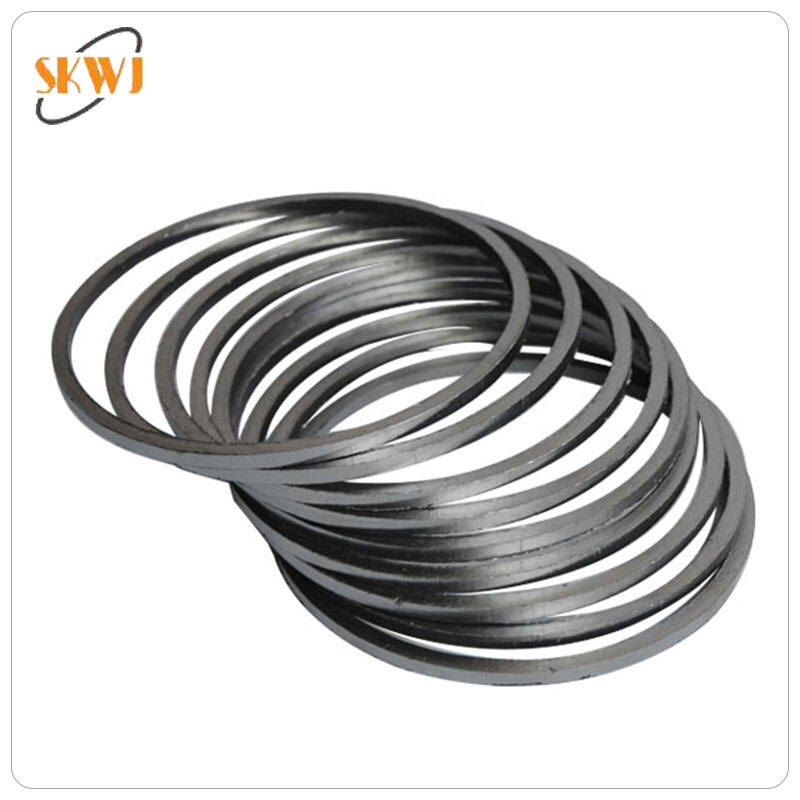natural graphite price
Natural graphite price represents a crucial economic indicator in the industrial minerals market, reflecting the value of one of Earth's most versatile carbon allotropes. This crystalline form of carbon serves multiple industries, from steel manufacturing to electric vehicle batteries. The price fluctuates based on various factors, including purity levels (ranging from 80% to 99.9%), flake size distribution, and market demand. Current market trends show increasing demand driven by the expanding electric vehicle sector, where natural graphite is a key component in lithium-ion battery anodes. The pricing structure typically varies between $500 and $3000 per metric ton, depending on grade and specifications. The material's inherent properties, such as thermal conductivity, electrical conductivity, and lubricating qualities, make it indispensable in applications ranging from refractory materials to advanced electronics. The market has witnessed significant price variations due to supply concentration in key producing regions and growing industrial applications in emerging technologies.





